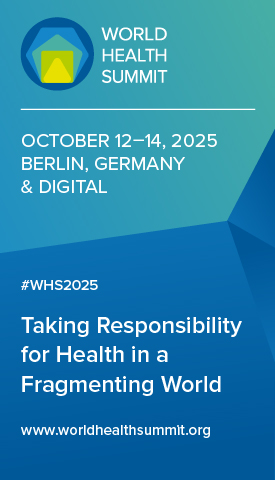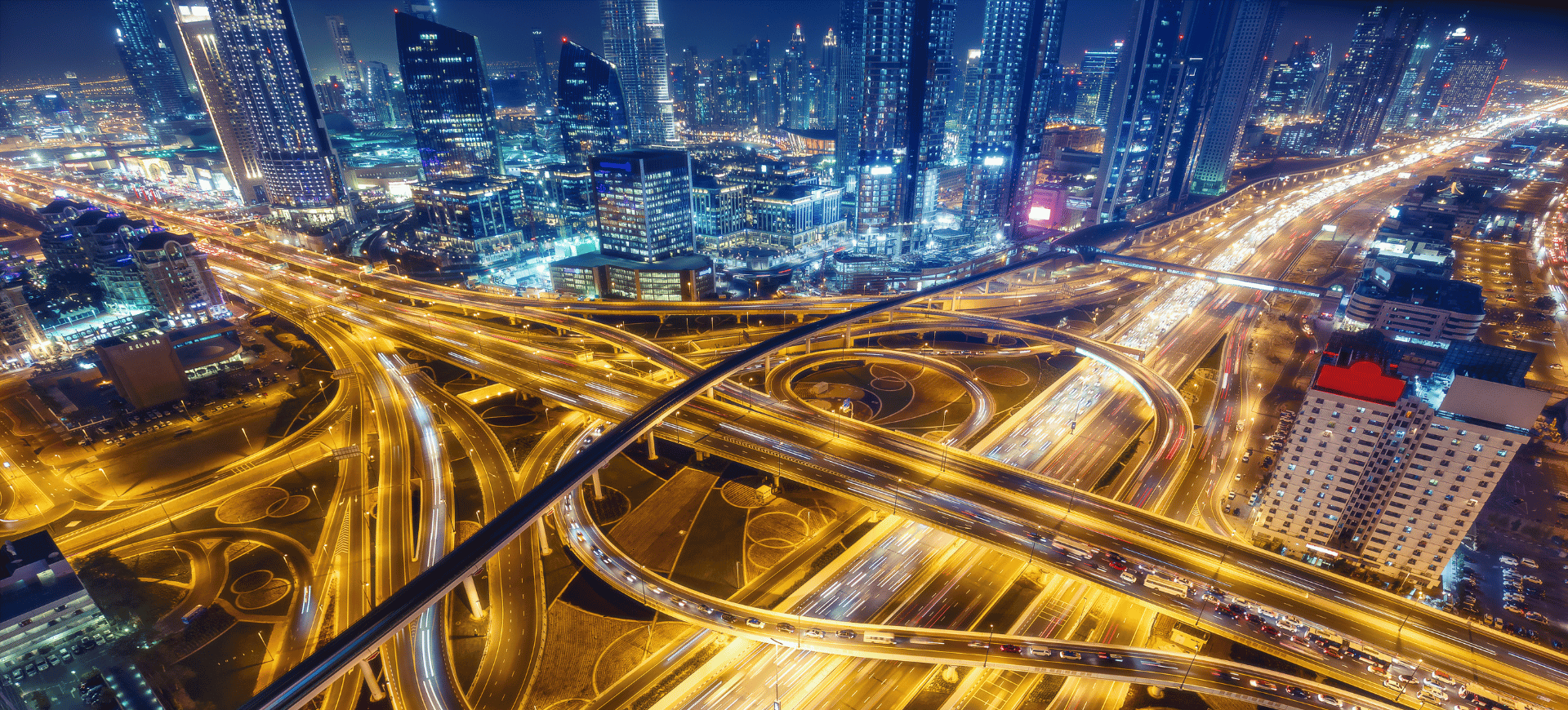A symbolic summit
Prime Minister Fumio Kishida’s choices on venue and agenda for the 2023 G7 Summit reflect his aspirations for a summit of great impact
Prime Minister Fumio Kishida boldly chose Hiroshima as the venue for the 2023 G7 summit. In recent G7 history, it has been common to choose ‘retreat style’ settings to avoid security problems. To hold the leaders’ meeting in a city of more than one million habitants is quite exceptional.
Hiroshima is known throughout the world as the site of the atomic bombing in 1945. It is rare that the name of the city itself can suggest what should be discussed at a G7 summit. That is why Prime Minister Kishida chose Hiroshima. As he is elected by the constituency of Hiroshima, anti-nuclear proliferation is always on his mind.
In 2016, as foreign minister, Mr Kishida hosted the G7 foreign ministers’ meeting in Hiroshima. And just after the Ise-Shima Summit that year, US president Barack Obama visited the city, thanks in part to Mr Kishida’s efforts.
On 1 August 2022, Prime Minister Kishida addressed the Tenth Review Conference of the Parties to the Treaty on the Non-Proliferation of Nuclear Weapons. He spoke on his proposed Hiroshima Action Plan, promising “Japan will promote the accurate understanding on the realities of nuclear weapons use through encouraging visits to Hiroshima and Nagasaki by international leaders and others”. And he made it clear that he wants the G7 Hiroshima Summit “to demonstrate our firm commitment from Hiroshima to never repeat the catastrophe of atomic bombings”.
Strong messages
In light of Russia’s invasion of Ukraine, Prime Minister Kishida has a good chance of persuading the other G7 leaders to issue a strong message on non-proliferation, or at least of the non-use of nuclear weapons. This should be historically significant. The Hiroshima Summit is destined to be successful by virtue of its venue.
Another Japanese city, Nagasaki, was bombed in 1945. In May 2023, at one of the 15 ministerial meetings under the Japanese G7 presidency, G7 health ministers will meet there.
Japan has devoted itself to fostering global health and human security at G7 meetings, especially when it has hosted. At the Okinawa Summit in 2000, Japan put infectious diseases on the leaders’ agenda. In the communiqué, Japan and the G7 promised to hold an international meeting on infectious and parasitic diseases, which led to the establishment of the Global Fund to Fight AIDS, Tuberculosis and Malaria.
At the 2008 Hokkaido Summit, leaders agreed to the Toyako Framework for Action on Global Health. At the Ise-Shima Summit in 2016, leaders assembled their commitments to global health in the G7 Ise-Shima Vision for Global Health. Japan has thus contributed substantially to global health when it has hosted G7 summits.
Prime Minister Kishida has stated openly that human security and universal health coverage should be addressed by the G7 leaders in Hiroshima. In his article “Human security and universal health coverage: Japan’s vision for the G7 Hiroshima Summit” published in The Lancet, he wrote: “In May, 2023, Japan will host the G7 Summit Meeting in Hiroshima and the G7 Health Ministers’ Meeting in Nagasaki—in the Cities of Peace. At these meetings, building on the discussions and outcomes of previous G7 meetings, I intend to highlight the strategic importance of undertaking efforts on human security and UHC [universal health coverage] as central
to the Japanese Government’s vision for the Summit.”
Japan’s forte
Prime Minister Kishida, reflecting on previous Japan-hosted summits, recognises global health as Japan’s forte. By choosing the symbolic city of Nagasaki as the venue for the health ministers’ meeting, he is ensuring progress in G7 discussions in this field.
Hiroshima, which faces the Seto Inland Sea, is also an appropriate place to discuss marine pollution. Prime Minister Kishida is considering using the Itsukushima Shrine, famous for its floating red torii gate, as a place for the discussion on global warming.
At the G20 Osaka Summit, which Japan hosted in 2019, Prime Minister Shinzo Abe led the discussion of the Osaka Blue Ocean Vision, which promised to reduce marine plastic litter to zero by 2050. It is thus natural for the Hiroshima Summit to express support for enacting the new legally binding instrument now being discussed by the Intergovernmental Negotiating Committee on Plastic Pollution established in 2022.
Prime Minister Kishida’s intention to use the symbolic aspects of both Hiroshima and Nagasaki seems a very good political choice to make this year’s G7 summit a great success.












